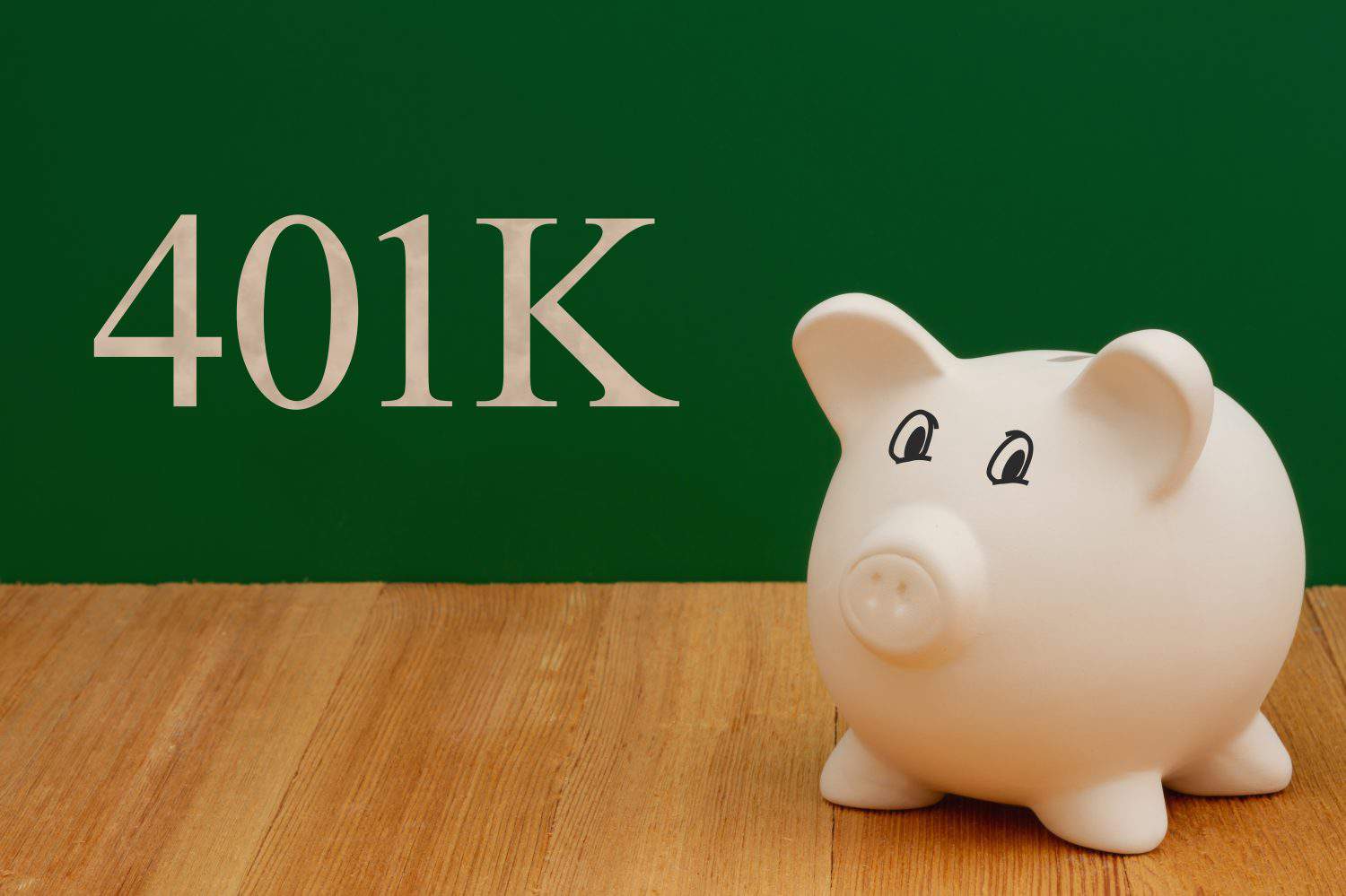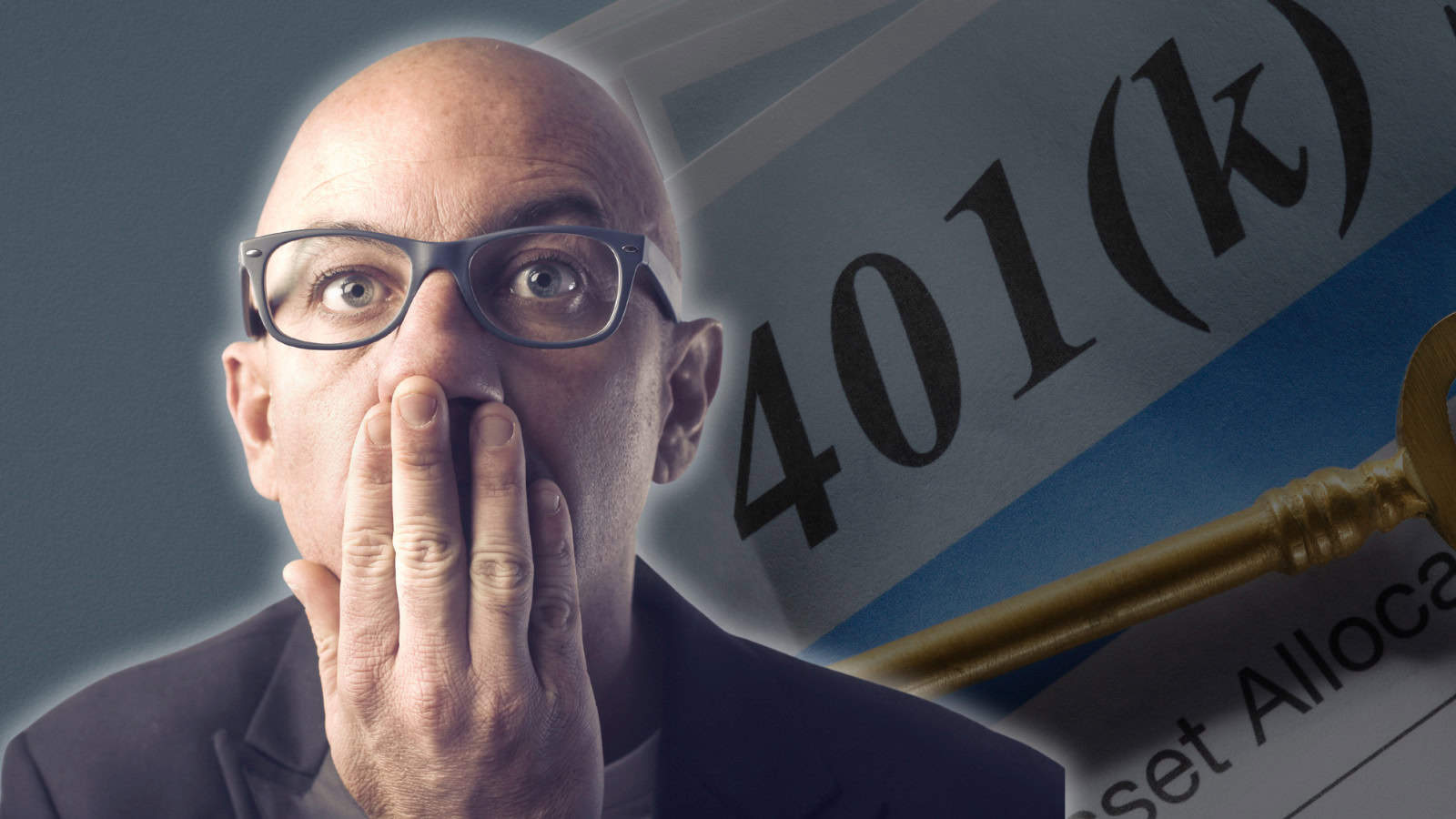Personal Finance
It took me forever to save $5k and here I am decades later and looking to retire with $2m in my 401(k) - here's how I did it

Published:

Warren Buffett and Charlie Munger have long been hailed by the investment community for their financial savvy in making Berkshire Hathaway one of the most respected investment companies on the planet. However, they differed on some occasions, such as Munger’s push for investing in Costco, a company that Buffett had avoided but conceded after Munger’s passing that his former partner was right.
One topic in which both Buffett and Munger were in staunch accord was on the power of compounding. By reinvesting dividends and interest, compounding was a long regarded tool for wealth building over the long haul. Compounding’s tortoise-like pace in the early process of creating wealth may lack the thrill of high-flying stocks, but has been proven incontrovertibly consistent for centuries across many cultures and nations. The key is to hold on until the size grows so that the compounding is exponential times the earliest amount.
Compounding gains additional traction as subsequent contributions are made. As such, compounding gains from aggressive savings and thrift habits by F.I.R.E. (Financial Independence Retire Early) strategy adherents, are the primary fuel for creating F.I.R.E level retirement nest eggs.

Despite not starting to save and invest until age 32, a 48-year-old Reddit poster started his 401-K while earning minimum wage. Nevertheless, 16 years later, he had grown his account from $5,000 to $750,000, attributing much of his success to compounding. His experience was revelatory; he had previously dismissed investment as only something for wealthy people, and had grown up in a family that had lived paycheck to paycheck. He noted the evolution of his 401-K account over the years:
From his own personal experience, the poster’s 401-K account validated the Warren Buffett quote: “The power of compound interest is like building a little snowball and rolling it down a very long hill.” What started with $5,000 had been able to grow to $750,000 in 16 years with patience, perseverance, and help from a strong stock market.

While his gains have been remarkable, the poster concedes that much of the gains over the past several years have been the result of an unusually robust stock market. Acknowledging that it might not continue growing in double digits, he has taken some contingency steps such as:
Several respondents expressed skepticism on the poster’s portfolio amounts, citing their own situations with higher matching contributions and comparable ETF investments. Others noted that their employer contributions ranged from as low as 3% to some, who had generous amounts that included after-tax contributions of $23,000, combined with the IRS maximum $23,000 pre-tax and employer-matched $23,000 to equal $69,000 annually.
Some employers also refuse to match for employees earning over $250,000 compensation. However, a number cited lower contributions in company stock at market rate, which could be worth considerably more by retirement age. Clearly, 401-K accounts can take many shapes, so generalizing strategies without assessing each case on its own merits might be unwise.
Retirement can be daunting, but it doesn’t need to be.
Imagine having an expert in your corner to help you with your financial goals. Someone to help you determine if you’re ahead, behind, or right on track. With SmartAsset, that’s not just a dream—it’s reality. This free tool connects you with pre-screened financial advisors who work in your best interests. It’s quick, it’s easy, so take the leap today and start planning smarter!
Don’t waste another minute; get started right here and help your retirement dreams become a retirement reality.
Thank you for reading! Have some feedback for us?
Contact the 24/7 Wall St. editorial team.